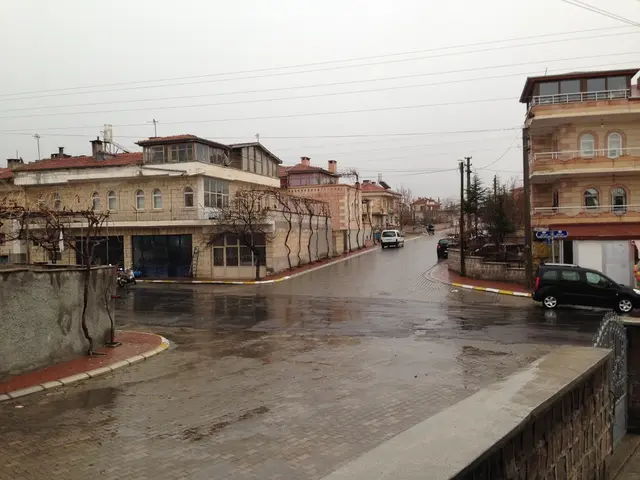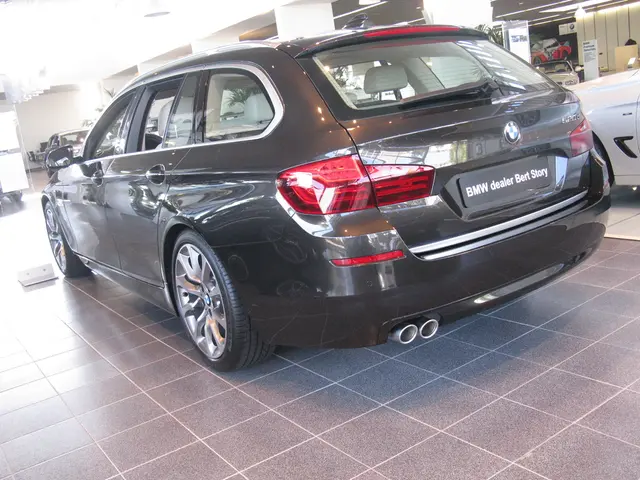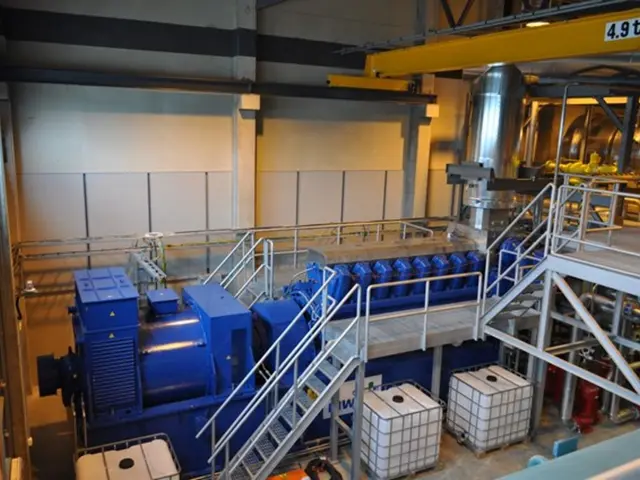List of the Top 5 Destinations Likely to be Visited in the Coming 6 Months
Since September 2020, the European Union's "Monitoring Sentiment for Domestic and Intra-European Travel" project has been shedding light on the evolving travel landscape across the continent. Here are some key findings:
- Rebounding Travel Intentions Post-pandemic recovery has sparked a significant surge in travel intentions within Europe. As of early 2025, surveys suggest that around 66% of European respondents are planning to travel within the region in the next six months, signaling robust consumer confidence and eagerness to resume intra-European travel.
- Leisure Travel on the Rise Leisure travel has seen a notable growth, driven primarily by younger generations who prioritize spending on memorable experiences over material goods. This trend supports a revival in tourism and hospitality sectors across Europe.
- Versatile and Smart Travel Products The rise in "bleisure" travel (combining business and leisure) has highlighted a trend where travelers seek versatile luggage and travel accessories that offer functionality alongside aesthetics. Technological enhancements, such as GPS tracking, weight sensors, detachable power banks, and IoT integration, are shaping product innovation in the travel gear market, reflecting changing traveler expectations.
- Budget-Friendly Travel Options Cautious post-pandemic consumer finances have led to increased demand for budget hotels, hostels, and low-cost holiday accommodations. Value-conscious travelers are supporting growth in these segments even as overall travel numbers gradually increase.
- Air Travel Recovery European airports have experienced approximately 4.5% year-on-year growth in passenger air traffic during the first half of 2025, despite ongoing market challenges. This growth pattern reflects improving consumer sentiment and increased intra-European mobility.
- Shift Towards Online Travel Bookings The continuing trend is a strong move towards online platforms and apps, motivated by convenience, customization, and price transparency. This digital shift is expected to accelerate through 2030, further transforming European travel distribution channels.
- Moderate Travel Price Inflation Compared to overall inflation across consumer goods, travel prices have increased modestly. In July 2025, travel costs were about 9% higher than in July 2019 (pre-pandemic), which is lower than the 26% price increase in all goods. Certain categories like airfare and hotel rates have decreased compared to the previous year, aiding affordability in some cases.
These trends collectively illustrate a European travel sentiment characterized by cautious optimism, demographic-driven experiential spending, technological adaptation, preference for budget and flexible travel options, and a transition to digital booking and service platforms. The insights from this EU-sponsored monitoring project emphasize a resilient and evolving travel market within Europe since the onset of the COVID-19 pandemic.
Notably, Gen Z respondents (aged 18-24) are the least likely to travel in the coming months, while domestic traveling is more popular among respondents over the age of 45. City breaks remain the top leisure trip preference, despite new lockdowns, and health and safety, peace of mind, and affordability are leading travel qualities during the pandemic.
The ten source markets with the strongest travel sentiment are Germany, United Kingdom, France, Netherlands, Italy, Belgium, Switzerland, Spain, Poland, and Austria. The Polish market holds the top spot for travel sentiment, despite a minor drop. Among these, the French demonstrate a stable and quite positive travel sentiment, with domestic destinations being their most popular choice. Austrians prefer both intra-European and domestic trips equally.
The project surveys sentiment, drivers, and behaviors for travel in ten high-volume European source markets. Key findings and recommendations are made available to destinations and tourism authorities through six monthly reports since September 2020. The "Finding a vaccine for Covid-19" and "flexible cancellation policies" are key to travel decision-making among Europeans.
Lastly, nearly 1 in 3 respondents feel anxious about getting on a plane or using public transport at the destination. Half of respondents plan to fly on their next trip, but air travel demand in Europe is still below its 2019 level. Swiss travel desire bounces back, but uncertainty about timing and destination increases.
- Travelers are eager to resume intra-European trips, with around 66% of European respondents planning expeditions within the next six months, according to the EU's monitoring project.
- The rebound in travel intentions following the pandemic has stirred a resurgence in leisure travel within Europe, with younger generations prioritizing memorable experiences over material possessions.
- As travelers embrace versatile and smart travel products, industry trends show a demand for functional and aesthetically pleasing luggage, including GPS tracking, weight sensors, detachable power banks, and IoT integration.
- Budget-friendly travel options, like budget hotels, hostels, and low-cost accommodations, have seen robust demand as consumers seek more affordable ways to travel following the pandemic.
- European airports have reported a growth in passenger air traffic, with approximately 4.5% year-on-year increase during the first half of 2025, indicating recovery in air travel.
- The move towards online platforms and apps for travel bookings has accelerated, driven by convenience, customization, and price transparency, a trend that is expected to continue until 2030.
- Moderate travel price inflation has been observed, as travel costs in July 2025 were about 9% higher than in July 2019, which is lower than the 26% overall inflation rate for all goods.
As the EU-sponsored monitoring project reveals, the European travel landscape exhibits cautious optimism, a shift towards budget-friendly and flexible travel options, increased demand for online bookings, and a focus on digital transformation. The project also highlights factors like the development of a vaccine, flexible cancellation policies, and measures for health and safety as key to encouraging travel sentiment within Europe.




